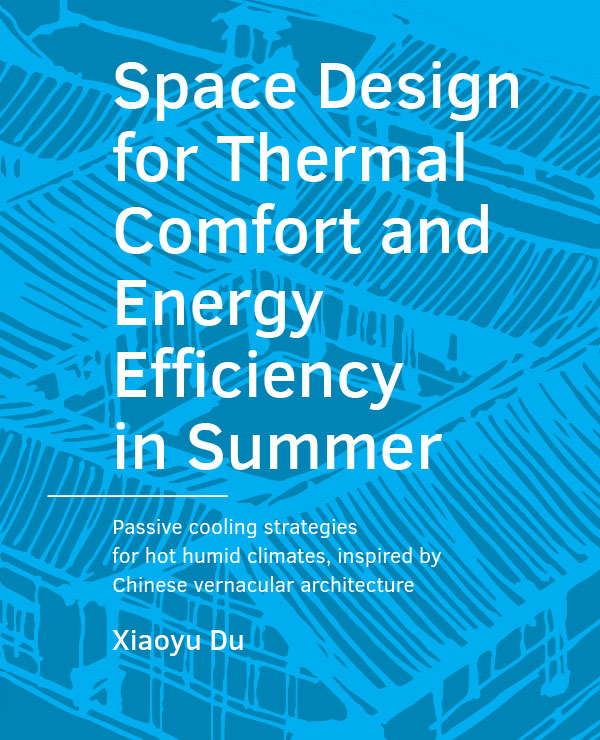Methods of spatial analysis for natural ventilation potential
DOI:
https://doi.org/10.7480/abe.19.10.4112Abstract
The basic theory of space syntax was described in section 2 of chapter 9. Some methods have been developed from the theory of spatial analysis to explore the spatial structure of buildings and cities. The DepthmapX-one graph-based representations and measures program (Turner, 2001) is one of the most important platforms for space syntax analysis. Convex and axial analysis, isovist and VGA analysis, as well as segment analysis are the methods involved in this programme (Al_Sayed, Turner, Hillier, Iida, & Penn, 2014). The axial and segment analysis are more suitable for the analysis at the urban scale. The convex analysis is suitable for the building scale and isovist and VGA analysis are suitable for both urban and building scale. Many cases have been studied to reveal the topological relationship between the spaces which is related to the social behaviour of human in building or urban scale via DepthmapX.
In this chapter, the traditional space syntax methods for building spatial analysis used in the Depthmap were discussed firstly. Then, the author shows how to extended the traditional methods for natural ventilation potential analysis.
References
Al_Sayed, K., Turner, A., Hillier, B., Iida, S., & Penn, A. (2014). Space Syntax Methodology (4 ed.). UCL, London: Bartlett School of Architecture.
Benedikt, M. L. (1979). To take hold of space: isovists and isovist fields. Environment and planning B, 6, 47-65.
Bhatia, S., Chalup, S. K., & Ostwald, M. J. (2013). Wayfinding: a method for the empirical evaluation of structural saliency using 3D Isovists. Architectural Science Review, 56(3), 220-231. doi: 10.1080/00038628.2013.811635
Hillier, B., & Hanson, J. (1984). The social logic of space. Cambridge Cambridge University Press.
Holscher, C., & Brosamle, M. (2012). Challenges in multilevel wayfinding: a case study with the space syntax technique. Environment and Planning B:Planning and Design, 39, 63-82.
Lee, J. H., Ostwald, M. J., & Lee, H. (2017). Measuring the spatial and social characteristics of the architectural plans of aged care facilities. Frontiers of Architectural Research, 6(4), 431-441. doi: 10.1016/j.foar.2017.09.003
Li, Y., Xiao, L., Ye, Y., Xu, W., & Law, A. (2016). Understanding tourist space at a historic site through space syntax analysis: The case of Gulangyu, China. Tourism Management, 52, 30-43. doi: 10.1016/j.tourman.2015.06.008
Turner, A. (2001). Depthmap a program to perform visibility graph analysis. Paper presented at the 3rd International Space Syntax Symposium, Atlanta.
Turner, A., Doxa, M., O’Sullivan, D., & Penn, A. (2001). From isovists to visibility graphs a methodology for the analysis of architectural space. Environment and Planning B, 28, 103-121.


